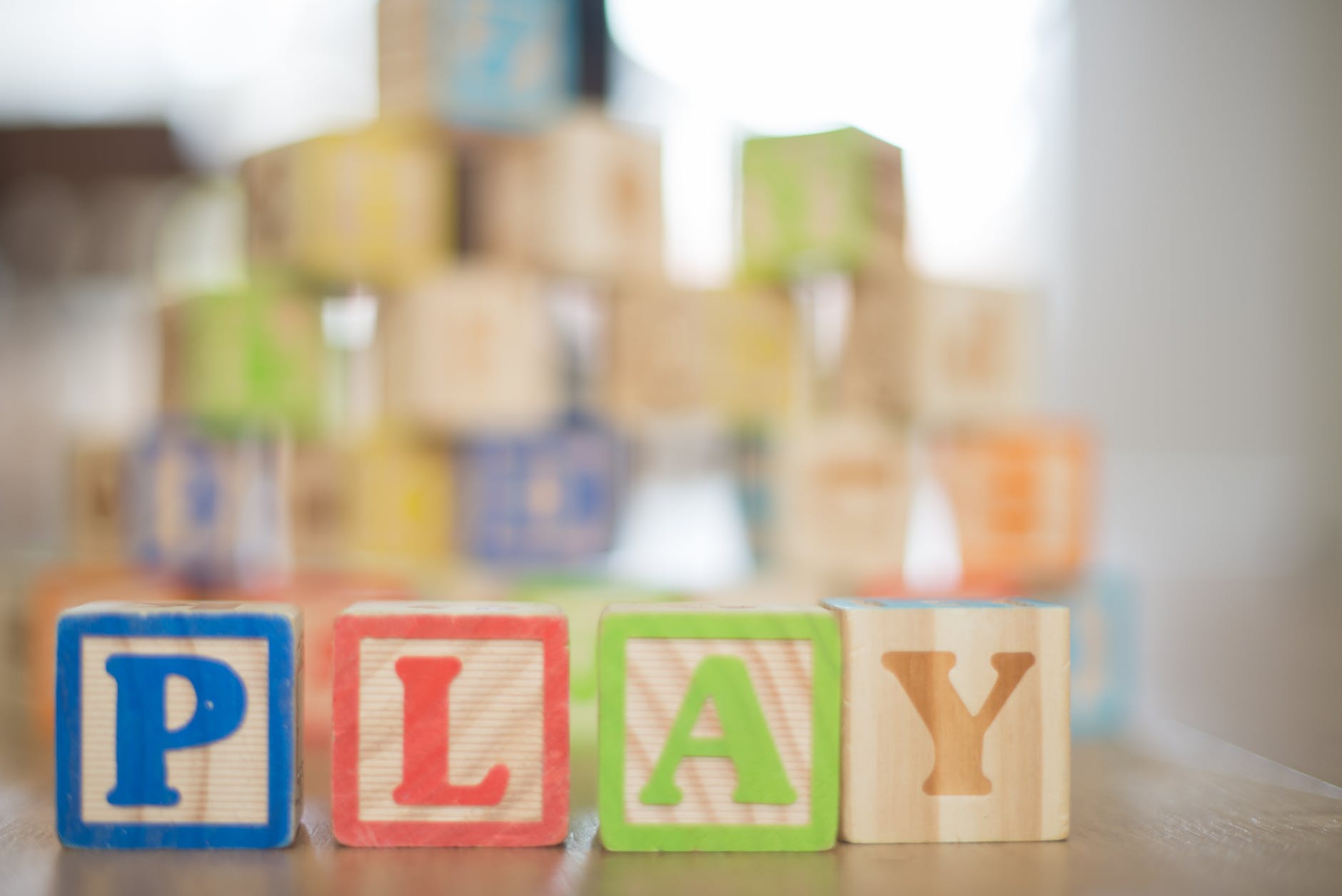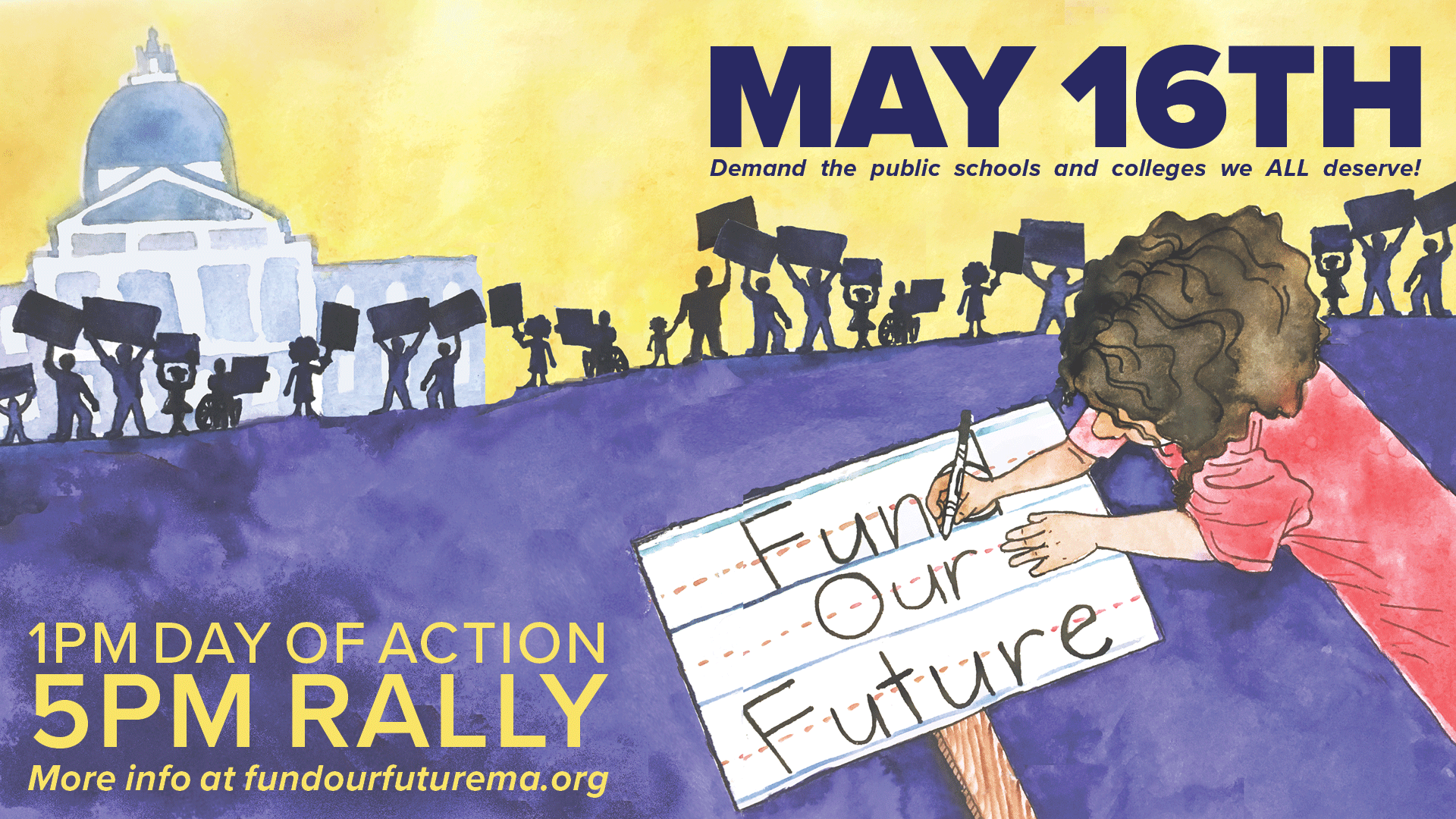Once, long ago, I had a student in my third grade classroom with severe allergies triggered by contact. The reaction to coming in contact with an allergen or with someone who had touched the allergen was severe and could result in anaphylaxis. All of the staff members who worked with this student were trained to spot triggers and how to administer an epi pen.
As is usual in such a circumstance, the student had a 504 plan. One of the protections for the student was that I, as teacher, would ensure all students cleaned their hands upon returning to our classroom - which was kept as a safe place - so as not to inadvertently bring the allergen into the classroom space. For this purpose, the 504 plan specified using hand sanitizers as students re-entered the classroom space.
These were the requirements for enabling this student to be educated, and I was responsible for implementing these safety accommodations. That is, of course, is a civil right and is outlined in the 504 guidelines which you can read here. What was not part of the plan was the provision of the hand sanitizer, which, as you might imagine with multiple cleanings and 25 students, was depleted every week.
The catch was that, as the District did not supply the hand sanitizer, I became personally responsible for purchasing it in order to ensure the 504’s provisions were being implemented properly. So what does this little anecdote from the past have to do with planning for re-opening schools in the Fall?
I’d say a lot.
School districts have not had adequate funds to operate for years. Unless something prevents them for doing so, the current Legislature will use this year’s predicted revenue shortfalls to delay increased funding of the Student Opportunity Act which was a step in correcting those shortfalls. And now we hear local predictions that state funding will be even less than the previous year.
And yet, in order to re-open schools, health experts are stipulating that schools reopen in the fall with requirements such as additional sanitizing procedures in place (more personnel, more equipment, more supplies), fewer students in already over-crowded spaces (more personnel? split schedules? more costs), hot water for hand washing (higher expenses), more soap, more bus transportation, and temperature monitoring, There will need to be modifications to just about every aspect of a school’s logistics including school facilities that have long needed attention when budgets became impossible.
And just who will supply the personnel, equipment, and supplies to keep students - and staff - safe in the classrooms? If you look at past practice as described previously, you can see the writing on the wall.
I don’t believe anyone who is advocating that schools re-open sooner rather than later has a clue about the impact of preparing for school reopenings. Just considering the funding aspect of implementing safe reopening protocols, if we cannot keep everyone safe in a building, if government entities are unwilling to pony-up the funds to ensure everyone’s safety, brick-and-mortar buildings should not reopen. That’s my opinion, plain and simple.
Not reopening our schools will have enormous impact on our students. I don’t know any educators who think remote or distant learning is the best environment for learning. My fear though is that, like my experience in providing for the intervention mandated by that 504, quite a lot of the needed supplies for new cleaning protocols will come from an educator’s personal funds.
Unless school funding matches the need to keep everyone - students and staff - safe, there should be no brick-and-mortar reopening of schools. There may be no other choice than to continue the less-than-optimal environment of remote/distance learning.

















 Budget season is going full tilt in Lowell and the outlook is definitely not very palatable.
Budget season is going full tilt in Lowell and the outlook is definitely not very palatable.